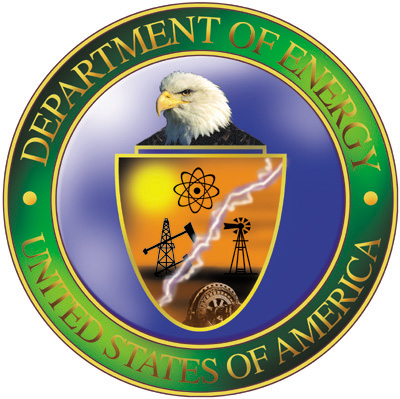Nuclear Reactors 179 - The U.S. Department of Energy Is Funding Research on Advanced Nuclear Technology
I have blogged about United State federal support for research in the nuclear industry before. Recently, the U.S. Department of Energy selected five research and development projects to receive thirteen million in cost sharing funds as part of public-private partnerships. President Obama has articulated an "all-of-the-above" approach to development of future energy sources for the United States as featured in his State of the Union speeches and discussions of U.S. plans for climate change mitigation.
Areva Federal Services has partnered with the TerraPower Company, Argonne National Laboratory and Texas A&M University. This partnership will focus on modeling and simulation of extending the life of nuclear reactors cores. This work will include thermal hydraulic simulation and experimental investigation of liquid metal-cooled fast reactor fuel assemblies. Research in fast breeder reactors cooled by liquid metals has been going on for decades with little success. It is difficult to see exactly how a few million dollars is going to suddenly succeed.
GE Hitachi Nuclear Energy has also partnered with the Argonne National Laboratory. Their partnership will work on the development and modernization of next-generation probabilistic risk assessment methodologies. This is an interesting challenge given that we are still in the process of designing next-generation nuclear reactors which would make risk assessment difficult.
General Atomic has partnered with the University of California at San Diego and the University of South Carolina. Their partnership with research fabrication and testing complex silicon carbide structures related to advanced reactor concepts.
NGNP Industry Alliance has partnered with Areva, UltraSafe Nuclear Company, Westinghouse, and Texas A&M University. Their partnership will research high temperature gas reactor post-accident heat removal. I appreciate the fact that accidents can happen but maybe the money would be better spent in preventing accidents in gas reactors.
Westinghouse has partnered with the Argonne National Laboratory and the University of Pittsburg. Their partnership will focus on the development of thermo-acoustic sensors for sodium-cooled fast reactors. Sodium-cooled fast reactor projects have often failed and been abandoned but I suppose if we are going to keep throwing money at them, we should have good sensors.
The U.S. Energy Secretary claims that these public-private research partnerships on advanced nuclear technologies will help the U.S. achieve a "low carbon future." He also said that "These types of investments are crucial to the continuing role of nuclear power as a significant contributor to the US energy economy." This may be true but the important question is whether or not nuclear power should be a part of future U.S. electricity generation. One of the reasons that nuclear power is even considered as a possible low carbon power source is that some sources of carbon dioxide in the construction, fueling and waste handling of nuclear power reactors are not being included in the calculation of the nuclear power carbon footprint.
Considering that the construction of a single nuclear power reactor can run into billions of dollars, the grant of a few hundred million dollars for these "critical research projects" seems rather paltry. The DoE has been trying to give out twelve billion dollars in loans for nuclear reactor construction for seven year without success. Perhaps some of this money should be spent in developing these "advanced nuclear technologies" that we keep hearing about.
